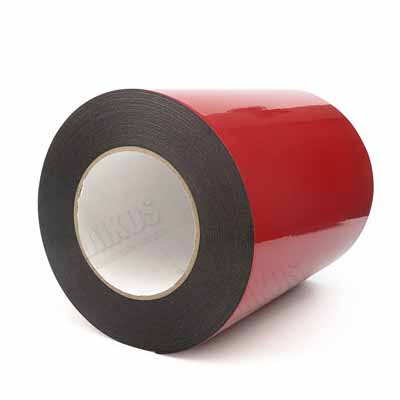A thermal pad is a solid rectangle pre-formed in a shape to fit the underside of a heatsink. It assists the conduction of heat away from the component and into the heatsink. They are commonly found on the underside of CPUs, motherboards, and other electronics that use heatsinks to reduce component temperature. Regardless of their location, thermal pads are an essential part of computer hardware. These pre-formed strips are a critical part of computer cooling.
The thermal pad is a good choice for high-temperature applications. Its low outgassing and high-temperature resistance make it the ideal material for high-temperature and high-frequency devices. The only disadvantage of thermal paste is that it requires a manual application. It must be applied to the entire surface and must be applied evenly and carefully. It is also important to fill air gaps. If you are applying it manually, you must ensure that it reaches all the areas of the device.
The main disadvantage of thermal pads is that they can only be used at a fixed pressure. This means that you have to determine the thermal pad's interfacial impedance at a given pressure. As a result, thermal pads are not as compressible as a paste. They can be placed quickly and can be used on a variety of substrates, and they maintain their initial performance over time. Unlike thermal grease, thermal pads don't degrade or become brittle over time.
Thermal pads are a great alternative to gap fillers. They can be less messy and require less maintenance than paste. Their superior heat transfer properties are often a drawback of thermal pads. However, they can be a great choice for certain applications. They are easier to apply than most thermal interface materials. This type of material is more durable and has a longer lifespan. They are ideal for high-temperature and high-frequency applications. They are also a great choice for those who want to keep their PC cool even during the coldest climate.
The thermal pad can be used to transfer heat from one device to another. Depending on the application, it can be placed directly on the surface. If the pad is attached to the device, it may be able to transfer heat to the adjacent device. The thermal pad is a great choice for this type of application. These pads are easy to apply and can be easily cut to the desired size. Moreover, they are easy to clean. It also prevents the formation of a sticky residue.
Thermal pads are an excellent choice for high-temperature environments. They are effective gap fillers and efficient conductors. Silicone pads tend to wet out more readily than other materials and are therefore a great choice. They can also provide electrical isolation. It can be used for sensitive electronic devices. When a thermal pad is positioned near a power source, the heat will be transferred to the device. The device will not be cooled.




